QuestionShelly, I have a 3 year old filly that is 15.2 and weights at about 1100 lbs. She is very beautiful and not very trained, she can neck rein some and back up, but not much more than that. My question, when I start to work her she has the most uncomfortable trot and very rough canter, I can hardly stand the discomfort. There is nothing smooth about her, walking is the only thing that is somewhat smooth. When moving her from a trot to a canter she wants to run full blast and not stop. On top of her roughness, I have this to deal with.
I was told to use a martingale for collection, but I do not know how to use it. Which direction to pull up or down or what and what I should expect it to do or her response.
Help me out please, Thanks Sonny
AnswerDear Sonny:
A martingale will not assist in collection. That is not what a martingale is designed for- its purpose is to help to keep a horse in frame- in extreme cases - from flinging its head up and "inverting."
The running though the trot into canter is a baby balance issue that takes time and patience (ideally in a round pen). Outside rein, supporting inside leg as you apply the outside leg behind your cinch/girth. Patient down transitions or a wall turn that keeps her going forward to check the unwanted speed without discouraging forward movement.
No horse that is green really "neck reins." All good horses begin with a direct rein and GRADUATE to neck reining.Your horse needs to learn to accept a direct snaffle rein BEFORE you do any neck reining.
Now - to the central issue of her choppy gait. Transistions aside (which can definitely be rough for even the smoothest horses when they are babies) the way your horse moves is pretty much the way your horse moves. Take away those transitional rushing moments (and assuming she is either barefoot or correctly shod and trimmed on good footing) what you have is what you've got.
There may be many people out there who might suggest all kinds of gizmos and gimmicks but while basically good movement can be enhanced and even satisfactory movement can be somewhat improved by increased muscling and the development of balance - a horse's movement, like her conformation to which her movement it tied, is not going to change all that drastically.
A choppy gait is often (but certainly not always) connected to steep pasterns or vertical shoulders.
Now you know why some of those "ugly" Warmbloods out there are worth thier weight in gold - the ugly ducklings turn into swans the moment they move out under saddle.
S. Evans

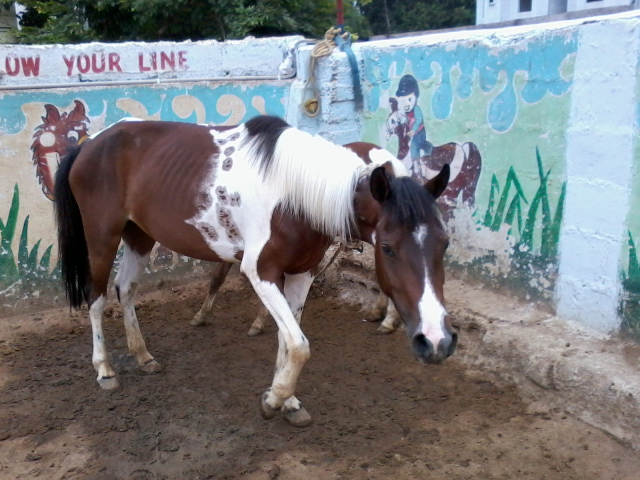 ponies breed
Question
ponies
hello Dorothy. may i know which
ponies breed
Question
ponies
hello Dorothy. may i know which
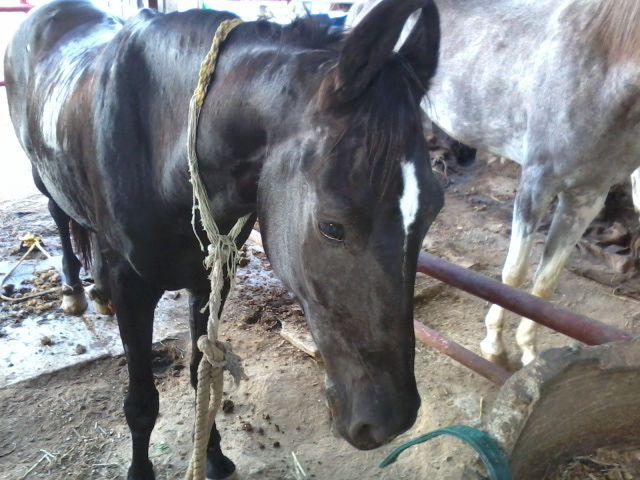 mounting again - horse doesnt allow
Question
rabecca
hello. we have a marwari breed
mounting again - horse doesnt allow
Question
rabecca
hello. we have a marwari breed
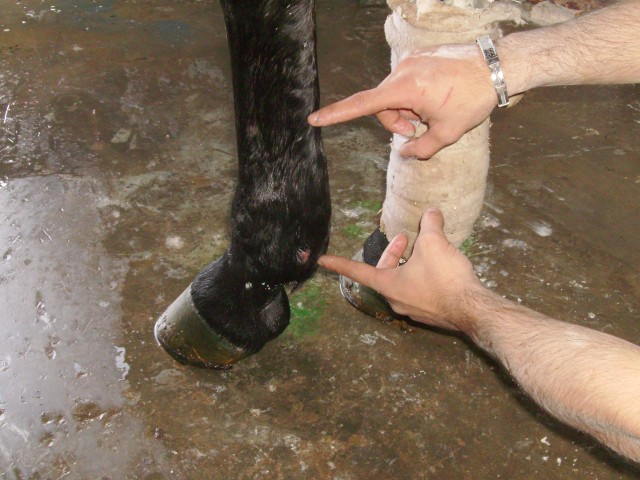 Horse swallen ankle problem
QuestionQUESTION: Hi.I am not much in to horses but a g
Horse swallen ankle problem
QuestionQUESTION: Hi.I am not much in to horses but a g
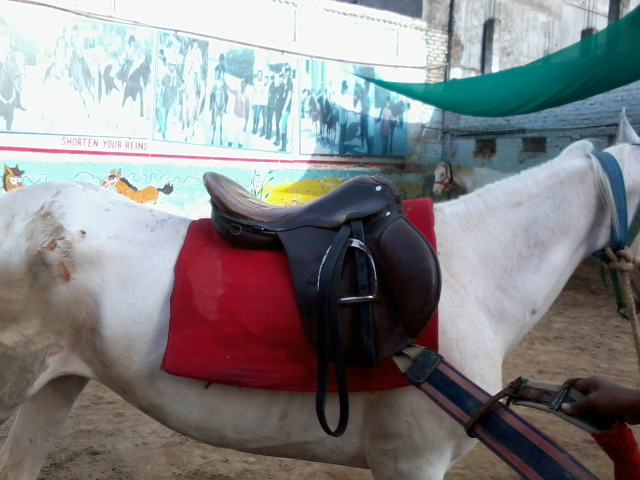 saddle laid correctly
Question
saddle laid
hello Lyn, is this saddle l
saddle laid correctly
Question
saddle laid
hello Lyn, is this saddle l
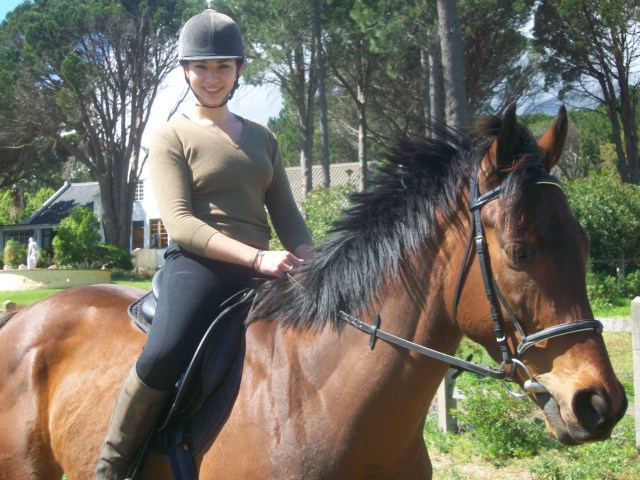 Bugs in my geldings mane.
Question
This is a recent pictu
Hi there
I live in Cap
Bugs in my geldings mane.
Question
This is a recent pictu
Hi there
I live in Cap